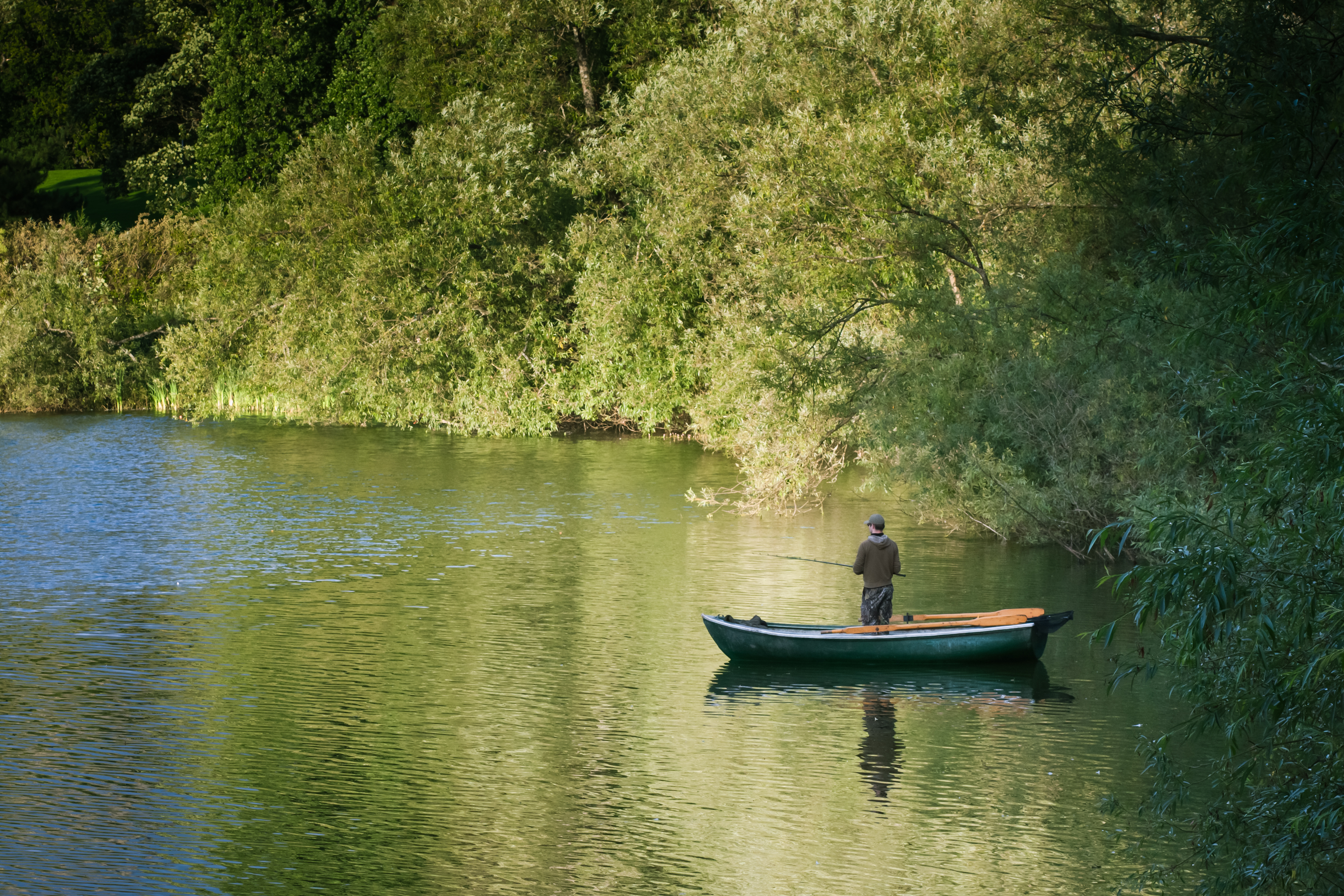
Reservoirs are inextricable parts of our natural landscapes; they cannot be isolated or dismissed in conservation management. Constructed to meet a variety of human needs, they impact almost every major river system in the United States, affecting to various degrees habitat for fish and other aquatic species and, in turn, affected by the health of the watershed in which they reside. Reservoirs, their associated watersheds, and their downstream flows constitute interdependent, functioning systems. Effective management of these reservoir systems – maintaining their ecological function and biological health – is essential to the conservation of our nation’s aquatic resources and their habitats. It requires that we minimize the adverse impacts of reservoirs on their watersheds (and watersheds upon reservoirs) and maximize their utility for aquatic habitat.
Board recognized October, 2009
Reservoirs are inextricable parts of our natural landscapes; they cannot be isolated or dismissed in conservation management. Constructed to meet a variety of human needs, they impact almost every major river system in the United States, affecting to various degrees habitat for fish and other aquatic species and, in turn, affected by the health of the watershed in which they reside. Reservoirs, their associated watersheds, and their downstream flows constitute interdependent, functioning systems. Effective management of these reservoir systems – maintaining their ecological function and biological health – is essential to the conservation of our nation’s aquatic resources and their habitats. It requires that we minimize the adverse impacts of reservoirs on their watersheds (and watersheds upon reservoirs) and maximize their utility for aquatic habitat. Healthy reservoir systems are essential to maintaining the quality of life for the American people. They provide vital infrastructure services, from the storage and delivery of water to the generation of power to the reduction of flood risk in downstream communities. They are focal points of recreation for tens of millions of Americans, from anglers to birdwatchers, and they generate tens of billions of dollars for local economies and national recreational industries. Innumerable species of fish and wildlife, too, benefit from the habitat that reservoirs provide. Multiple impairments threaten reservoir systems. These impairments – exacerbated by human population growth, projected climate change, and multiple regulatory and ownership jurisdictions – adversely affect fish and other aquatic species, as well as their habitats, and diminish the quality of life for people. To address these impairments, resource management agencies, non-governmental organizations, businesses, and committed individuals established the Reservoir Fisheries Habitat Partnership (RFHP), a Fish Habitat Partnership of the National Fish Habitat Action Plan. In contrast to other geographic- and species-based Fish Habitat Partnerships, the RFHP is a system-based partnership that operates on a national scale. This distinction determines its function. The RFHP promotes the protection, restoration, and enhancement of habitat for fish and other aquatic species and communities in reservoir systems. The RFHP is committed to integrating watershed conservation, in-reservoir management, and the management of downstream flows to address aquatic habitat impairments holistically. It relies on partnerships to do this. It assesses and prioritizes reservoirs of greatest conservation need, and acquires and develops the science, technology, tools, best management practices, and monitoring protocols needed for successful fisheries management and fish habitat conservation in those reservoirs and their associated systems. It shares that knowledge with, and provides material support to, all FHPs and other conservation entities with reservoir interests and issues. It facilitates, informs, equips, and supports a bottom-up approach to implementation of reservoir system conservation. The Reservoir Fish Habitat Partnership was recognized by the Board in October 2009.

